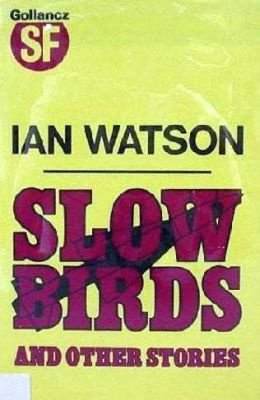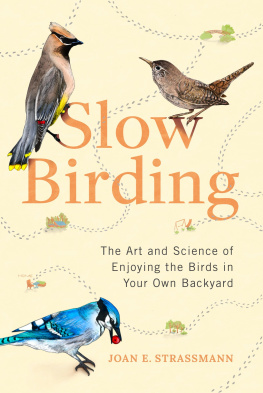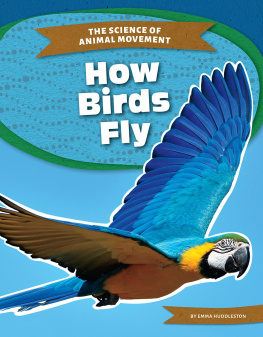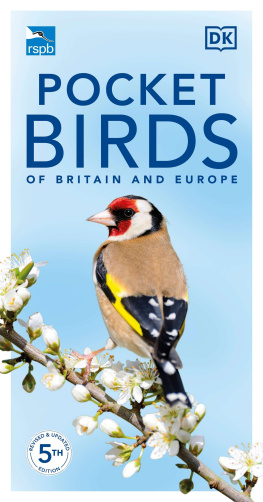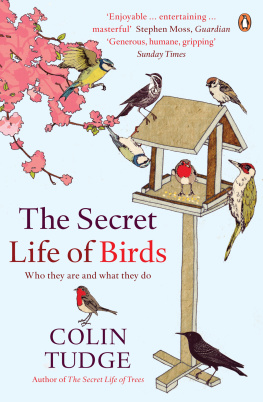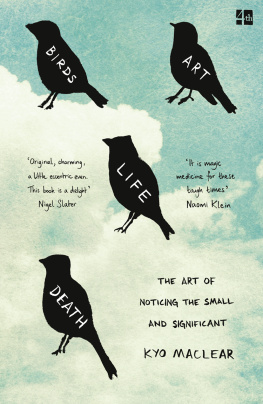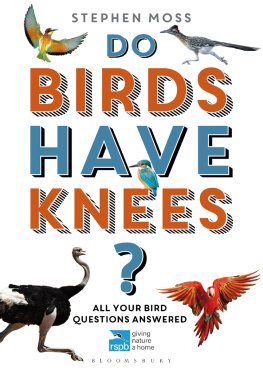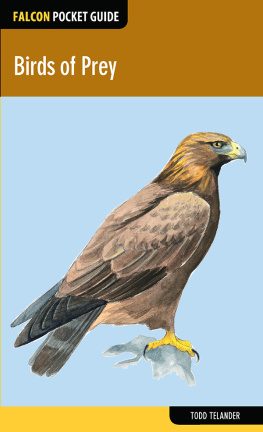Thank you for downloading this Scribner eBook.
Join our mailing list and get updates on new releases, deals, bonus content and other great books from Scribner and Simon & Schuster.
C LICK H ERE T O S IGN U P
or visit us online to sign up at
eBookNews.SimonandSchuster.com
We hope you enjoyed reading this Scribner eBook.
Join our mailing list and get updates on new releases, deals, bonus content and other great books from Scribner and Simon & Schuster.
C LICK H ERE T O S IGN U P
or visit us online to sign up at
eBookNews.SimonandSchuster.com

SCRIBNER
An Imprint of Simon & Schuster, Inc.
1230 Avenue of the Americas
New York, NY 10020
www.SimonandSchuster.com
Copyright 2017 by Kyo Maclear
All rights reserved, including the right to reproduce this book or portions thereof in any form whatsoever. For information, address Scribner Subsidiary Rights Department, 1230 Avenue of the Americas, New York, NY 10020.
First Scribner hardcover edition January 2017
SCRIBNER and design are registered trademarks of The Gale Group, Inc., used under license by Simon & Schuster, Inc., the publisher of this work.
For information about special discounts for bulk purchases, please contact Simon & Schuster Special Sales at 1-866-506-1949 or .
The Simon & Schuster Speakers Bureau can bring authors to your live event. For more information or to book an event, contact the Simon & Schuster Speakers Bureau at 1-866-248-3049 or visit our website at www.simonspeakers.com.
Interior design by Erich Hobbing
Jacket design by Lauren Peters-Collaer
Jacket art provided by the author
Library of Congress Cataloging-in-Publication Data is available.
ISBN 978-1-5011-5420-1
ISBN 978-1-5011-5421-8 (ebook)
To Those Born Later, originally published in German in 1939 as An Die Nachgeborenen. Copyright 1976, 1961 by Bertolt-Brecht-Erben / Suhrkamp Verlag, from Bertolt Brecht Poems 19131956 by Bertolt Brecht, edited by John Willet and Ralph Manheim. Used by permission of the Liveright Publishing Corporation.
The lines from What Kind of Times Are These, copyright 2016 by the Adrienne Rich Literary Trust. Copyright 1995 by Adrienne Rich, from Collected Poems: 19502012 by Adrienne Rich. Used by permission of W. W. Norton & Company, Inc.
The lines from Madness, Rack, and Honey , copyright 2012 by Mary Ruefle. Reprinted with permission of Wave Books.
Untitled (Swedish Fall) (1971/2003) Bas Jan Ader Estate of Bas Jan Ader / SODRAC (2016).
Bird photos courtesy of Jack Breakfast (www.smallbirdsongs.com), with the exception of the final Coopers hawk photo by Mika Maclear Wall.
A SCRIBNER READING GROUP GUIDE
Birds Art Life
Kyo Maclear
This reading group guide for Birds Art Life includes an introduction, discussion questions, and ideas for enhancing your book club. We hope that these questions will enrich your reading groups conversation and your experience of the book.
Introduction
Birds Art Life is a beautifully crafted meditation on the search for beauty, meaning, and creative inspiration in the stillness of the natural world. Seeking an antidote to stress and grief, Kyo Maclear joins a musician on his weekly birding tours of the city parks and harbors of Toronto, learning, over the course of a year, to approach other aspects of her life through a more delicate, forgiving lens. Blending memoir, nature writing, and cultural commentary, Maclear plumbs the universal questions that frame the human experience. How can we draw emotional nourishment from nature? Why, in an ever-expanding world, should we hold tight to smallness? What is the function of creative expression during times of anguish and loss? By seeking beauty in the small things, Maclear shows us a path towards a more meaningful, compassionate, and fulfilling way of being in the world.
Topics and Questions for Discussion
1. Birds Art Life is structured by season. Why do you think Maclear chose this as an organizing principle? How does the rhythm of the natural world mirror the cyclical turns of our interior lives?
2. Maclear writes about stress and solitude, A mind narrows when it has too much to bear. Art is not born of unwanted constriction. Art wants formless and spacious quiet, antisocial daydreaming, time away from the consumptive volume of everyday life (). Do you agree with Maclear? Does art require solitude? Is there meaning to be found in noise and chaos?
3. On , Maclear writes, Faces have a near-unwatchable intimacy, particularly in a world in which everything perishes in the end. How does this observation connect to the anticipatory grief Maclear feels towards her ailing father?
4. How does art lead us towards other possible lives ()? Does the solitary nature of art hinder such a pursuit?
5. On , Maclear describes how, every time her family moved, her mother constructed a Japanese rock garden in their new backyard. What is the symbolism of this action?
6. In the early days of their birding adventures, the musician tells Maclear that birds may sing just for the joy of it (). Why do you think this idea makes Maclear so happy? What might we learn from song made simply for the pleasure of song itself?
7. On , Maclear describes the sanctuary of the cage. How are we conditioned to live compartmentalized lives? In what ways can boundaries and constrictions be positive and life-giving?
8. Smallness is a guiding aesthetic for Maclears art. How do we see the value of smallness play out in Birds Art Life , both in terms of structure and content?
9. Maclear describes the spark birds and spark books that ignited her passion for birding and literature. What was your spark book? Discuss the formative paintings, films, music, etc. that changed the way you view the world.
10. Throughout the book we see the devastating impact of human interference on birds existence. In what ways do we also see the natural world transcend the effects of human development? Do you view such interference as a loss?
11. How does art sustain us through lulls? How can lulls be, as Daniel Day Lewis describes on , the periods in our lives when we do the real work of becoming human?
12. What do you make of Maclears musings on regret? Would a life protected from all regret be considered virtuous or monstrous? ()
13. Maclear states that, For me, birding and writing did not feel interchangeable. Birding was the opposite of writing (). Do you agree with her here? In what ways do birding and writing get at the same universal truths?
Enhance Your Book Club
1. Read Matthew B. Crawfords Shop Class as Soulcraft . How does Crawfords vision amplify Maclears philosophy? How does the notion smallness animate both works?
2. Contact your local Audubon Society chapter and arrange to go on a local bird tour with your book club. How did reading Birds Art Life inform your adventure? Did the experience change the way you understand Maclears artistic vision?
For David
CONTENTS
Someone has put cries of birds on the air like jewels.
Anne Carson

Next page

